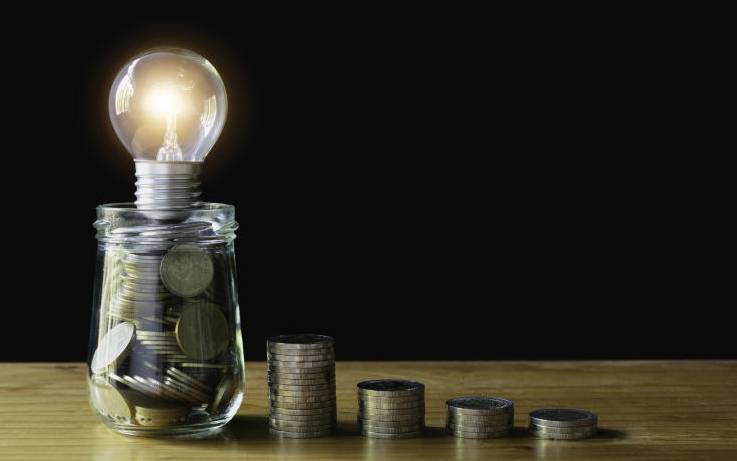 By
Macharia Kamau |
By
Macharia Kamau |
All the odds seem stacked against consumers as a host of factors continue to deny them a chance for cheaper fuel and electricity prices in a tough year.
The shilling has been on a downward spiral for the better part of this year, touching a historical low of Sh111 against the US dollar in the course of last week.
At the same time, crude oil prices, which had remained relatively low for the better part of this year, recently started inching upwards and last week touched the highest levels since March when prices crashed on reduced demand.
A combination of the two factors is bad news for Kenyan consumers as it might mean the cost of energy will likely go up.
Crude oil prices, which touched a nine-month high last week, have a direct impact on local pump prices, while a strong or weak shilling affects both the cost of importing petroleum products as well as that of electricity.
A weak shilling usually reflects in higher foreign exchange component in the power bill.
Whenever the shilling weakens against major world currencies, the forex charge goes up as has been the case since March this year when it stood at Sh-0.01 per unit of electricity but rose to Sh1.07 per unit in October before declining to 55 cents in November.
Being negative earlier this year meant that pre-paid power consumers were credited with a few free power units when buying tokens.
Oil prices rose to their highest levels last week on increased demand as well as the decision by the Organisation of the Petroleum Exporting Countries (Opec) and Russia to continue implementing deep cuts in production.
Opec, a group of oil-producing countries which together with Russia are referred to as Opec+, on Thursday agreed to continue producing lower quantities of oil in a bid to cushion themselves from the possibility of prices hitting rock bottom like it happened earlier this year.
The group of oil producers will adjust the daily oil production cuts to 7.2 million barrels of oil per day in January.
This will be slightly lower than the current daily production cuts at 7.7 million barrels of oil per day.
The news resulted in the price of murban crude oil rising to $48.50 (Sh5,300) on Friday, the highest since early March when prices tanked following decline in demand due to restrictions by different governments to contain the spread of the coronavirus pandemic.
Prices had earlier on in January peaked at $70 (Sh7,500 ) per barrel.
The energy industry regulator said it expected negligible variation in the cost of power in the coming months despite the sharp drop in the shilling.
Energy and Petroleum Regulatory Authority (Epra) Director General Pavel Oimeke said the regulator had used a mean exchange of Sh109 to compute the forex charge for November and expected slight depreciation of the shilling to Sh110. He also noted that while the shilling had depreciated and resulted in the spike in the forex charge, good rains over the last year had ensured that the country relied less on thermal power plants and, in turn, the fuel cost charge had remained low.
“We expect the cost of power to remain stable. There could be a slight depreciation of the shilling, but the impact on the bills will be fairly negligible,” said Oimeke.
“In terms of the thermals, we have been using marginal power from these plants since we still have our dams nearly full. We expect good dispatch until March and soon after the long rains season will have started.”
“Generally, the cost of electricity will not change much in the course of December, and we are looking at this stability until probably March. We do not expect any surprises.”
The forex component is among the key determinants of power prices, with the others being fuel cost charge (FCC), inflation adjustment, water charge, value-added tax and other levies.
The forex charge, FCC and water charge are reviewed every month, while the inflation adjustment is reviewed every six months.
The forex charge cushions power sector players from currency volatility of the shilling when incurring costs denominated in foreign currency such as loan repayments, a substantial chunk of which are in dollars but also in Euros and Japanese Yen.
There has been a push to increase the amount of shilling-denominated debt to the power sector as well as shift to base the Power Purchase Agreements (PPAs) signed between electricity generators and Kenya Power into the local currency, which is expected to cushion power consumers from currency volatility.
The forex charge has stayed relatively low since the new power tariffs were announced in August 2018, when it went from Sh1.22 per kWh in July to five cents, a 95 per cent drop.
The fuel cost charge has also remained relatively stable, currently at Sh2.56 per unit.
The fuel charge is also a pass-through cost, which is used to compensate thermal power producers the cost they incur in acquiring fuel for electricity production.
This category of power producers is usually engaged when renewable power production sources, which are also cheaper, are not available.
FCC has slightly reduced since January when it was at Sh2.65 per unit.
Kenya has in the last two years substantially increased electricity generation from clean sources.
This has, in turn, seen the country record a decline in the amount of power produced using the costly and dirty thermal generators for the first time in years.




No comments :
Post a Comment